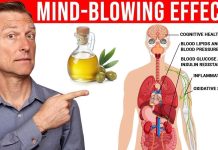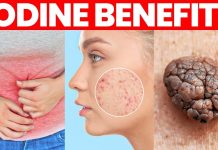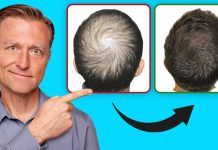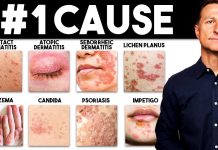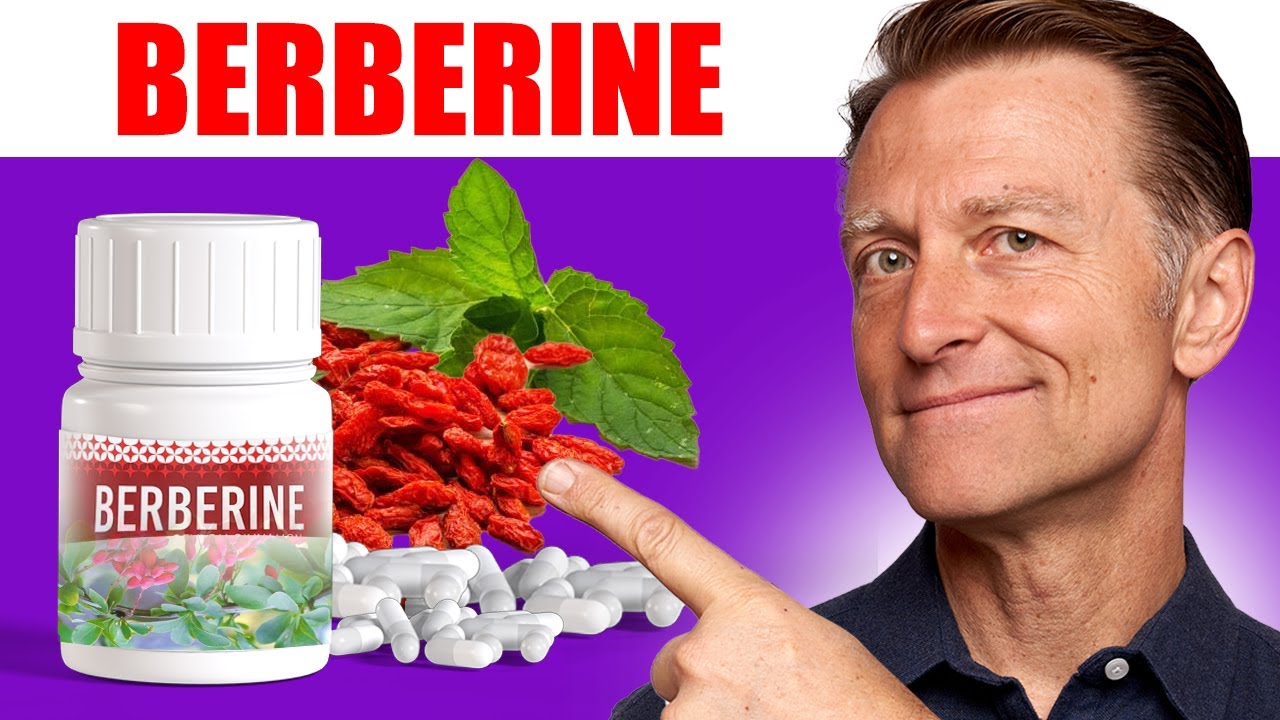Unveiling the True Cause of Styes
In the enigmatic dance of health and ailment, the appearance of a stye is a little signal—an inflamed blemish upon the sacred window to your soul. For those weary of the blade or the needle, for whom the whisper of antibiotics feels like a broken promise, there exists another path. But to walk this path, one must embrace an understanding, not just a cure.
The Nature of the Stye
A stye, the pimple in repose upon your eyelid, is not merely a nuisance. It is a blockage, a chalice of inflammation fed by the sebaceous gland. This gland, anointing your skin with precious oil, sometimes falters, becoming a dwelling for infection, where redness and irritation hold court.
Yet, many watch this imperfection depart of its own volition within seven days, as silently as it arrived. But what of those perpetual visitors—those styes that repeat their refrain again and again, whispering of mysteries unsolved?
The Hidden Truths of Sebaceous Glands
We must question: What binds the sebaceous gland in silence? Why does this dance of bacteria favor our eyelid, this stye a stalker in the shadows? Knowledge of the sebaceous gland, of cysts, of the bacteria that lie in wait, is sparse, yet from fragments, a pattern emerges. Observe how diabetics walk hand in hand with a higher occurrence of styes, their footsteps shadowed by cysts and boils—a testament to bodies unbalanced.
The Role of Vitamin A
Into this mystery, Vitamin A sheds light. Retinoids, the very echo of Vitamin A, become a beacon for afflicted glands. With deficiency, a hyperkeratosis takes hold—a roughening of cells, an armor of inflammation. It is Vitamin A that orchestrates the symphony of skin, both without and within. In deficiency, it falters, and with it, glands become stagnant pools.
A lack of Vitamin A leaves skin and mucous membranes weakened, vulnerable. Take heed of studies aligning styes with a vitamin A deficit—revealing an absence in those with, a presence in those without. Yet, globally, children echo this deficiency, Vitamin A being a familiar ghost to many.
The Interplay with Diabetes
Turn now to the stage where diabetes stands. Here, the immune system wanes, the vigilant neutrophils slowed. In the tempest of high blood sugars, their might diminishes. Insulin, the tempered blade, restores their courage. But insulin resistance forms a complex dance; inside cells, deficiency rules though blood harbors excess. A diet rich in sugar is the true adversary—a life of high carbs that dulls insulin and opens doors to invaders.
The Sanctity of Nutrients
Witness the wisdom of Vitamin D, whose deficiency echoes across the canvas of ocular ailments—glaucoma, cataracts, and, yes, styes. Then comes zinc, fortifying the walls of immunity, reducing the recurrence of these unwelcome guests. Yet, why such deficiency? In pursuit lies answers: retinol is scarce among common fare—hidden not in leafy greens, but within eggs, liver, the vessels of fish oil. Cod liver oil emerges, a treasure trove of both Vitamins A and D.
A New Path Forward
What then should one do, you ask? Walk a path of dietary transformation. Remove the sugars, embrace a ketogenic diet—wisdom detailed below. A study on mice reveals sugar’s dark magic: an ally to staphylococci’s increase. Women’s health finds too, in sugar, a potent link to PCOS, sebum, and androgen—a delicate weave of hormonal imbalance.
But there exist simple tools for your arsenal, gentle yet potent. Consider the humble clove of garlic—a force against bacteria. Run its essence over the afflicted eyelid, but protect your sacred eye. Or employ the cooled, soothing embrace of a green tea bag upon the site of inflammation.
The First Steps to Healing
Begin with transformation, journeying away from sugar toward a realm of low carbohydrates. To you I impart these insights, to prepare body and soul for renewal. For further enlightenment, delve deeper into the teachings I have shared—a video marks the path, a guide at the edge of understanding.















